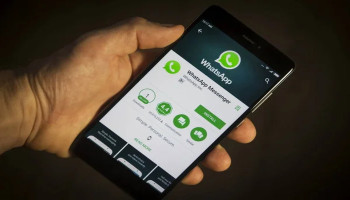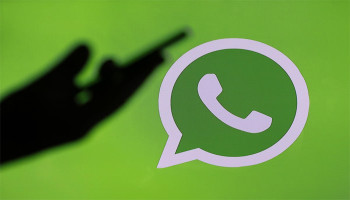
If you are like most people, you probably use your phone every day for various purposes; whether it is texting, browsing, gaming, or taking photos, your phone is an essential device that you rely on.
However, with frequent use, your phone screen may get scratched over time. Scratches can be annoying, unsightly, and even affect the functionality of your phone. Fortunately, there are some ways to fix scratches on your phone screen, depending on the type and severity of the damage. Here are some tips to help you restore your phone screen to its original glory.
Fix scratches on phone screen
Determine the type of screen
Before you attempt to fix scratches on your phone screen, you need to determine what type of screen your phone has. There are two main types of phone screens: plastic and glass. Plastic screens are more common in older or cheaper phones, while glass screens are more prevalent in newer or premium phones. You can check your phone’s specifications online or in the manual to find out what type of screen it has.
The type of screen will affect the method you use to fix scratches. Plastic screens are more prone to scratches, but they are also easier to buff out with household items. Glass screens are more resistant to scratches, but they are also harder to repair. You may need to use a special polish or even replace the screen if the scratches are too deep.
Use toothpaste for plastic screens
One of the easiest and cheapest ways to fix scratches on a plastic screen is to use toothpaste. Toothpaste is abrasive and can remove the top layer of the plastic, making the scratches less visible. However, you need to use a paste-based toothpaste, not a gel-based one, as the latter is not capable of polishing or cleaning a hard surface. You also need to avoid toothpaste with whitening agents, as they may damage the screen further.
To use toothpaste to fix scratches on your phone screen, follow these steps:
- Power off your phone and remove the battery if possible.
- Clean your screen with a soft cloth and some water to remove any dirt or dust.
- Apply a small amount of toothpaste to a cotton swab, a soft cloth, or a soft-bristled toothbrush.
- Gently rub the toothpaste over the scratched area in a circular motion until the scratch fades.
- Wipe your screen clean with a soft, slightly damp cloth to remove any excess toothpaste.
- Dry your screen with a microfiber cloth and power on your phone.
You may need to repeat this process a few times until you are satisfied with the results. Toothpaste may not be able to fix deep scratches, but it can reduce the appearance of minor ones.
Use glass polish for glass screens
If your phone has a glass screen, you may need to use a more powerful solution than toothpaste to fix scratches. Glass polish is a product that can remove scratches from glass surfaces by filling in the gaps and smoothing out the surface. However, you need to be careful when using glass polish, as it may also remove the protective coating on your screen. You should only use glass polish as a last resort, and only on small areas.
To use glass polish to fix scratches on your phone screen, follow these steps:
- Power off your phone and remove the battery if possible.
- Clean your screen with a soft cloth and some water to remove any dirt or dust.
- Apply a small amount of glass polish to a cotton swab or a soft cloth.
- Gently rub the polish over the scratched area in a circular motion for a few minutes.
- Wipe your screen clean with a soft, slightly damp cloth to remove any excess polish.
- Dry your screen with a microfiber cloth and power on your phone.
You may need to repeat this process a few times until you are satisfied with the results. Glass polish may not be able to fix deep scratches, but it can reduce the appearance of minor ones.
















